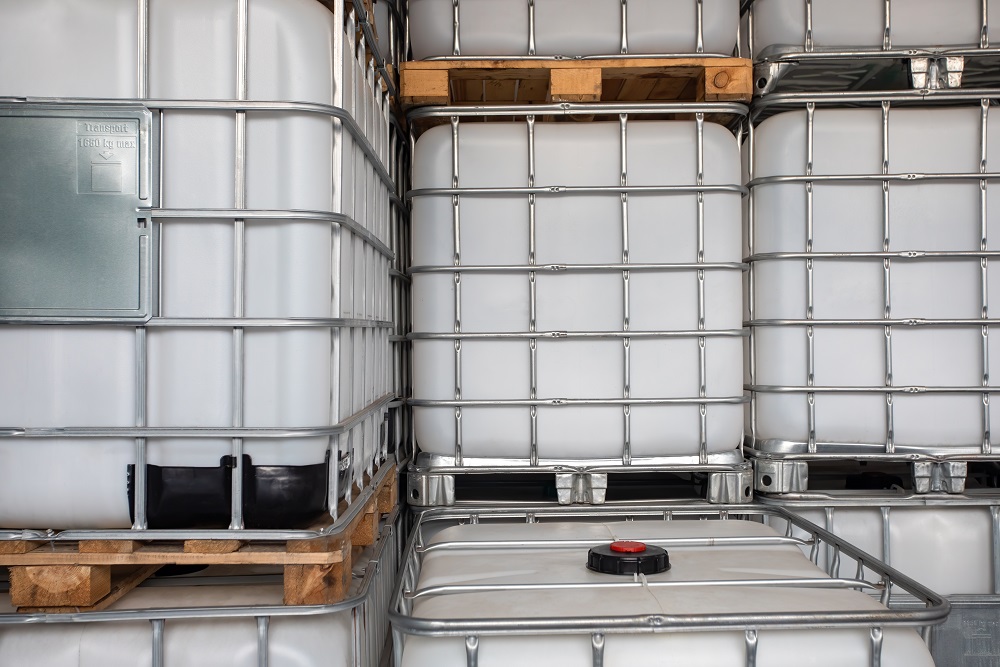There are very few things in the manufacturing and industrial sectors that are not regulated in some way, shape, or form. Even something as seemingly innocuous as a shipping container is subject to significant regulation. Moreover, regulation is often made more complicated by the number of entities involved.
Intermediate bulk containers are used by companies in the manufacturing and industrial sectors. Also known as IBC totes, they can be used to transport anything from chemicals to beer. They have to meet certain regulatory standards in order to be used commercially. Those standards are developed and maintained by three entities: OSHA, the DOT, and the NFPA.
Also note that intermediate bulk containers are classified according to the materials they are made from. In an April 2021 post from Cedarstone Industry, the Houston-based company explained there are 10 classifications designated by the first 10 letters of the alphabet. For example, A containers are steel while B containers are aluminum. The containers can be made of wood products, fiberboard, and even plastics and textiles.
- OSHA Regulations
The Occupational Safety and Health Administration (OSHA) regulates IBC totes for the purposes of ensuring worker safety. Manufacturers are required to test their materials before manufacturing totes to demonstrate they meet OSHA standards.
Completed totes undergo strength testing to determine whether or not they are fit for service. Certain types of totes, like those used to transport beer, have to be pressure tested as well. Pressure testing must be conducted on existing totes every 30 days.
Organizations like the American Society of Medical Engineers (ASME), American Petroleum Institute (API) and Underwriter’s Laboratories (UL) certify strength testing on behalf of OSHA. Their labels appear on finished containers.
- DOT Regulations
The U.S. Department of Transportation (DOT) regulates IBC totes in relation to their safety during transport. For starters, intermediate bulk containers must be properly labeled prior to transport. Labels should clearly display what is being transferred in a tote as well as its origin and destination. Labels must also include:
- manufacturer name and address
- all applicable test dates
- tote serial number and body material.
Additional markings must be applied to all IBC totes that are designed to be dismantled after use. Markings must be placed on the interior and exterior of all components.
In terms of inspections, shippers must thoroughly inspect all intermediate bulk containers prior to use. Inspections are designed to reveal any damage that could pose a risk of failure, including corrosion and cracks.
- NFPA Rules
Although the National Fire Protection Association (NFPA) is not a regulatory agency, federal laws require that intermediate bulk containers meet standards set forth by the organization. The NFPA is a nonprofit organization that develops and maintains a full litany of fire standards touching nearly every industry in the U.S.
Requiring manufacturers and shippers to utilize NFPA certified totes make sense when you consider that flammable materials may be transported in them. Even totes themselves may be flammable, especially those made from wood and paper products.
Only totes made from nonflammable materials can be used to transport flammable liquids and solids. Such liquids and solids are normally transported in totes made from stainless steel, rigid plastics, and composites. Shippers must be very careful about how containers are loaded and transported.
Companies may dispute the need for so many regulations relating to intermediate bulk containers. Yet the regulations exist to protect the safety of everyone involved. At this point, whether or not they are burdensome doesn’t matter much to shippers. They want to know that their IBC totes are up to the task one way or another.



